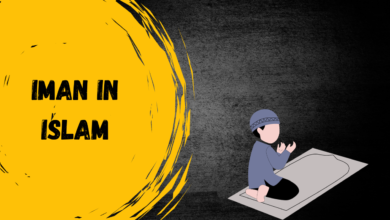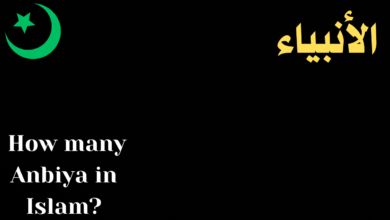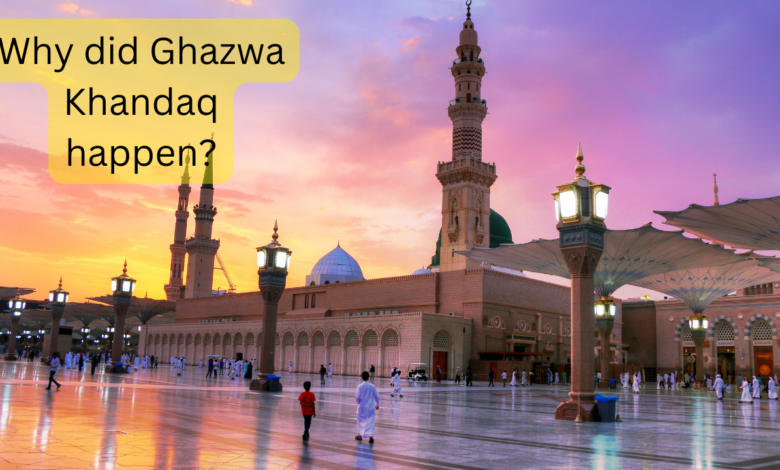
Why did Ghazwa Khandaq happen?
Ghazwa Khandaq, also known as the Battle of the Trench, was a significant military encounter that took place in 627 CE during the time of Prophet Muhammad in Medina. It was a defensive battle in which the Muslim community faced a coalition of hostile tribes, including the Quraysh from Mecca.
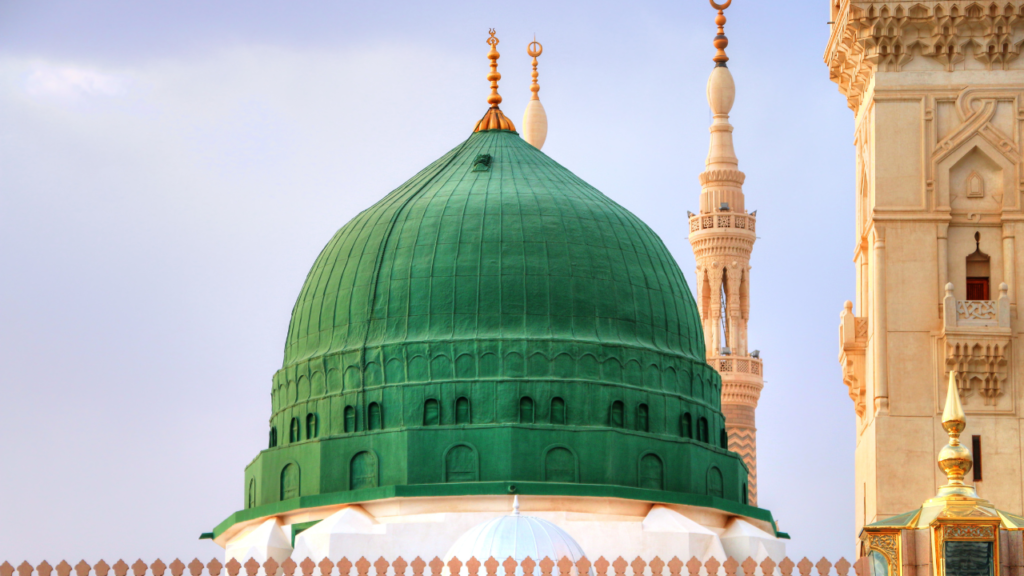
Introduction
Ghazwa Khandaq, also known as the Battle of the Trench, stands as a significant event in early Islamic history. It occurred in the 5th year after the Prophet Muhammad’s migration to Medina, during a time when the Muslim community was facing external threats and internal challenges. To understand why Ghazwa Khandaq happened, we must delve into the historical context and the series of events that led to this pivotal battle.
The Background of Hostility
Before the Battle of Khandaq, the Prophet Muhammad and the early Muslim community had experienced years of opposition and hostility from the Quraysh, the pagan tribe of Mecca. The Quraysh leaders viewed the new faith of Islam as a threat to their economic and social power, as it challenged their polytheistic beliefs and practices.
The Migration to Medina
In 622 CE, faced with increasing persecution in Mecca, Prophet Muhammad and his followers embarked on the Hijra, a migration to the city of Yathrib, later known as Medina. This marked a turning point in Islamic history, as it allowed the Muslim community to establish a stable presence and build a state-like structure.
The Rise of Confederates Against Medina
As the Islamic community in Medina grew, so did the concern of the Quraysh and other Arabian tribes. The Quraysh sought to crush the Muslim community once and for all and began forming alliances with other Arab tribes, creating a confederation against Medina. These hostile tribes included the Banu Nadir, a Jewish tribe living in close proximity to the Muslims.
The Siege of Medina
In 627 CE, the Quraysh, along with their allies, marched towards Medina with a massive force, besieging the city. This marked the beginning of the Battle of Khandaq, or the Battle of the Trench, named after the defensive trench dug by the Muslims to protect the city.
Also Check
- Is Milk Halal in Islam?
- Why was Jerusalem important to Muslims?
- What is the difference between Islam and Muslim?
- Why did Allah Almighty expel Hazrat Adam and Hazrat Eve from Heaven?
- How many Wives did Prophet Muhammad (PUBH) have?
The Role of Salman al-Farsi
Salman al-Farsi, a companion of the Prophet Muhammad from Persia, is credited with the idea of digging the trench as a defensive measure. The trench was a strategic move that thwarted the attackers’ attempts to enter Medina, as it created a significant obstacle for their cavalry.
The Divine Intervention
During the siege, the Muslims faced harsh weather conditions and food shortages. Despite these challenges, the Prophet Muhammad’s unwavering leadership and faith inspired the Muslim community to persevere. According to Islamic tradition, divine intervention played a crucial role in the outcome of the battle. A strong wind, often referred to as the “Wind of God,” scattered the confederate forces and forced them to lift the siege and retreat.
The Importance of Unity
Ghazwa Khandaq serves as a prime example of the importance of unity and cooperation among diverse groups within the Muslim community. Muslims, including immigrants from Mecca and the local Ansar of Medina, came together to defend their city and faith. This unity was a key factor in their victory.
Conclusion
Ghazwa Khandaq, the Battle of the Trench, happened as a result of the ongoing hostility between the early Muslim community in Medina and the Quraysh of Mecca, as well as their allies. The strategic move of digging a defensive trench, the resilience of the Muslims, and the perceived divine intervention ultimately led to the victory of the Muslim community. This battle stands as a testament to the challenges and triumphs of early Islam and serves as an important historical lesson on unity and determination in the face of adversity.
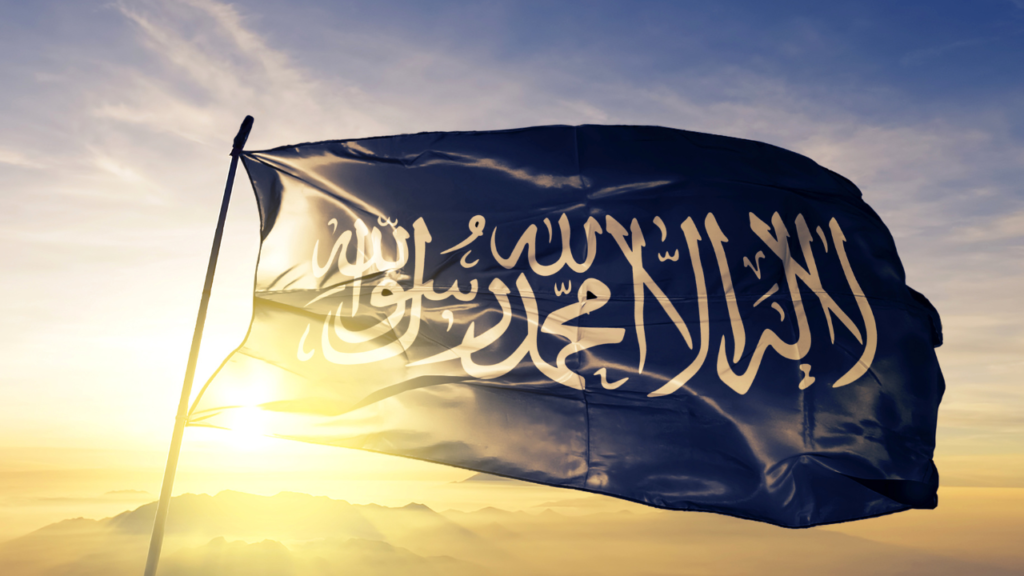
(FAQS) about Why did Ghazwa Khandaq happen?
What was Ghazwa Khandaq (The Battle of the Trench)?
Ghazwa Khandaq, also known as the Battle of the Trench, was a significant military encounter that took place in 627 CE during the time of Prophet Muhammad in Medina. It was a defensive battle in which the Muslim community faced a coalition of hostile tribes, including the Quraysh from Mecca.
Why did Ghazwa Khandaq happen?
Ghazwa Khandaq occurred primarily due to the ongoing hostility and conflict between the newly formed Muslim community in Medina and the Quraysh of Mecca. The Quraysh, frustrated by the growth of Islam and the Muslims’ migration to Medina, sought to eliminate the Muslim threat once and for all. This led to the formation of a coalition of tribes to attack Medina.
What were the main reasons behind the coalition’s attack on Medina?
The primary reasons for the coalition’s attack on Medina were:The Quraysh’s desire to avenge their losses at the Battle of Badr (624 CE).
Fear of the growing influence and power of the Muslims in Medina.
Economic interests, as they wanted to regain control over trade routes and resources that had been disrupted by the Muslim migration.
Religious differences and a desire to eradicate the Islamic faith.
How did the Muslims prepare for Ghazwa Khandaq?
In preparation for the Battle of the Trench, the Muslims, under the leadership of Prophet Muhammad, dug a trench around Medina to defend it against the coalition’s attack. They also sought alliances with local tribes and made strategic decisions to withstand the siege.
What were the outcomes of Ghazwa Khandaq?
The Battle of the Trench ended without a decisive military confrontation. The defensive tactics, including the trench, prevented the coalition forces from breaching Medina’s defenses. Ultimately, the coalition withdrew after several weeks due to harsh weather conditions and internal divisions.
How did Ghazwa Khandaq affect the relations between the Muslims and the Quraysh?
Ghazwa Khandaq did not result in a clear victory for either side. However, it marked a turning point in the conflict, and the Muslims’ ability to successfully defend themselves bolstered their reputation and deterred further large-scale attacks from the Quraysh. Over time, it contributed to the eventual peaceful conquest of Mecca by the Muslims in 630 CE.
What lessons can be learned from Ghazwa Khandaq?
Ghazwa Khandaq teaches lessons about the importance of strategic planning, unity, and defensive measures in times of crisis. It also underscores the significance of diplomacy and alliances to secure one’s interests and protect a community from external threats.
Are there any historical accounts or records of Ghazwa Khandaq?
Yes, there are historical accounts of Ghazwa Khandaq in Islamic literature, particularly in the Hadith (sayings and actions of Prophet Muhammad) and in early Islamic historical texts. These sources provide detailed narratives of the events and strategies employed during the battle.
How is Ghazwa Khandaq remembered in Islamic tradition?
Ghazwa Khandaq is remembered as a pivotal moment in the early history of Islam when the Muslim community faced significant challenges but ultimately persevered through unity, faith, and strategic planning. It serves as an example of steadfastness and resilience in the face of adversity.
